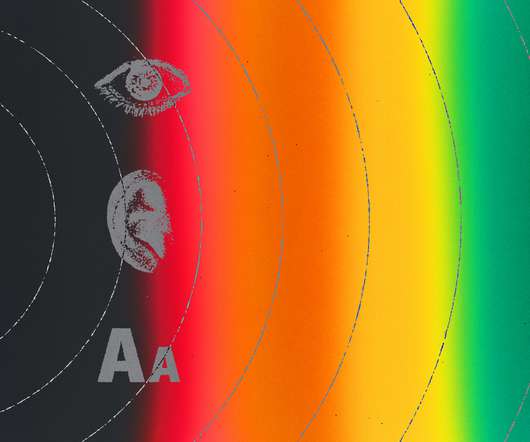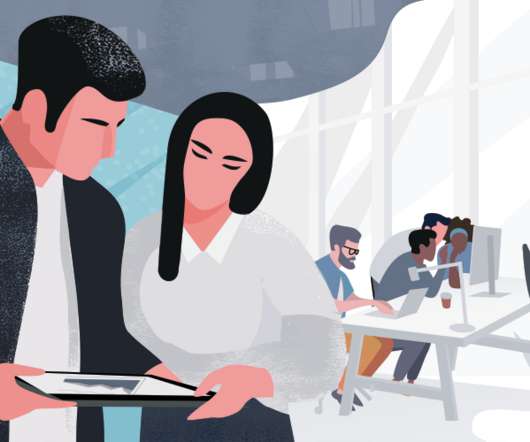No Time to Learn
The Performance Improvement Blog
NOVEMBER 13, 2013
And short, weekly conversations between managers and their direct reports would be far more than is typical in organizations today and could go a long way to support learning. Leadership Management Organization Culture Organizational Learning Teamwork Training action learning organizational learning performance management time management'












































Let's personalize your content